Ready or not, here it comes:
- The AFC Championship Game, for all intents and purposes, was to be decided by this one play. Not that it was going to crown the victor, but it surely was going to identify the loser. A spot in the Super Bowl hung in the balance. The New England Patriots broke the huddle, and as they approached the line of scrimmage, the announcer said, "This will be the first two-point conversion the Patriots have attempted all season."
- Really? With Tom Brady at quarterback and Rob Gronkowski at tight end, plus Edelman/Amendola and whichever running back was healthy at the moment, Bill Belichick didn't foresee the potential impact of the rule change moving the line of scrimmage back to the 15-yard line for PATs? A winning edge for his team? And he never found the opportunity to rep a two-point play? All season long? Not once? Did he think it was a one-year fad?
- The Patriots won regular season games by the following margins: 51-17, 30-6, 36-7, 27-6, and 33-16. There were no opportunities to work on two-point plays in any of those games? Was it more important to let Stephen Gostkowski make 50 PATs in a row to hone his stroke, because if so, that sure didn't work out so well in the AFC Championship Game, either.
- The Denver Broncos will represent the AFC in Super Bowl 50, and a major reason for that is the missed two-point conversion attempt by the Patriots in the final 12 seconds of a 20-18 game.
- Never repped a two-point play in a game all season, and then you lose the AFC Championship on a failed two-point play at the end of a season where the two-point play could have been and should have been a weapon for a team with an elite quarterback like Tom Brady. I don't care how good his clock management is/was, that's a coaching failure right there. A costly coaching failure.
- Over in the NFC, the 49-15 final score that sent Carolina to the Super Bowl sure seemed to provide a stark statement about the two teams. The Panthers were prepared and poised, and Cam Newton played like the guy who's a legitimate candidate for the NFL MVP award, while the Cardinals were not and Carson Palmer did not.
Take a look at the 2015 season, recapped in photos.








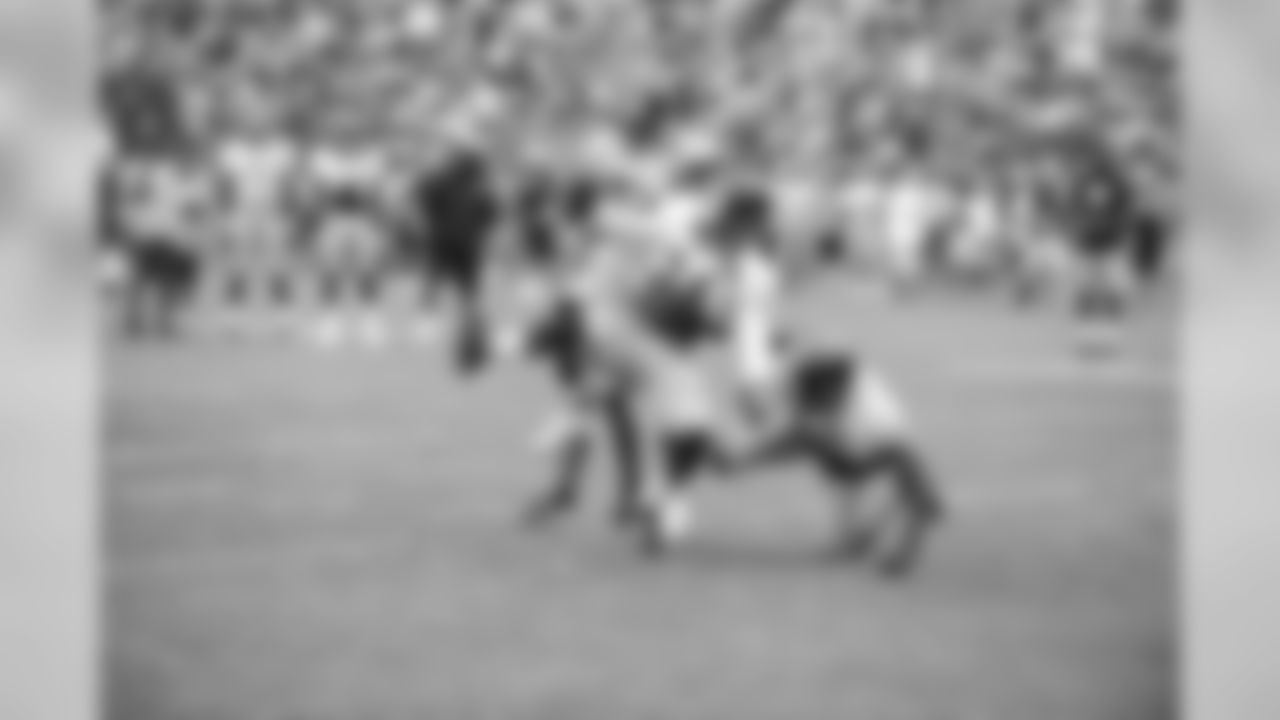



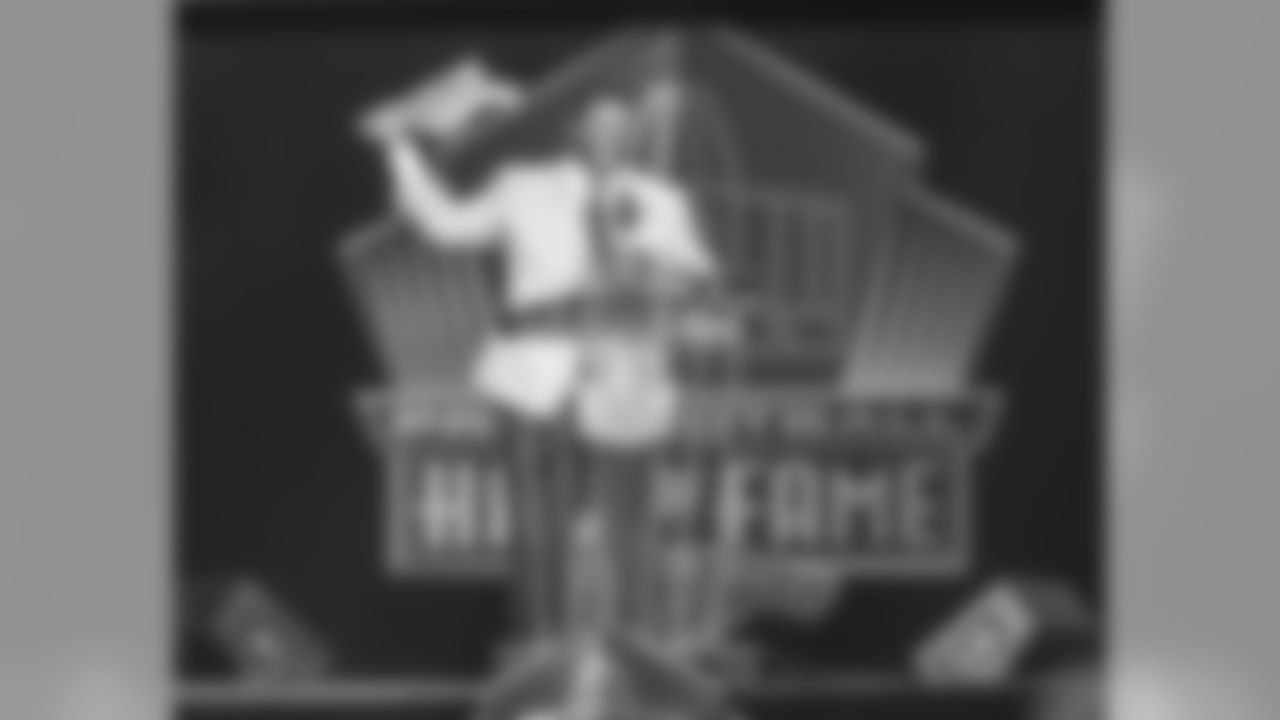






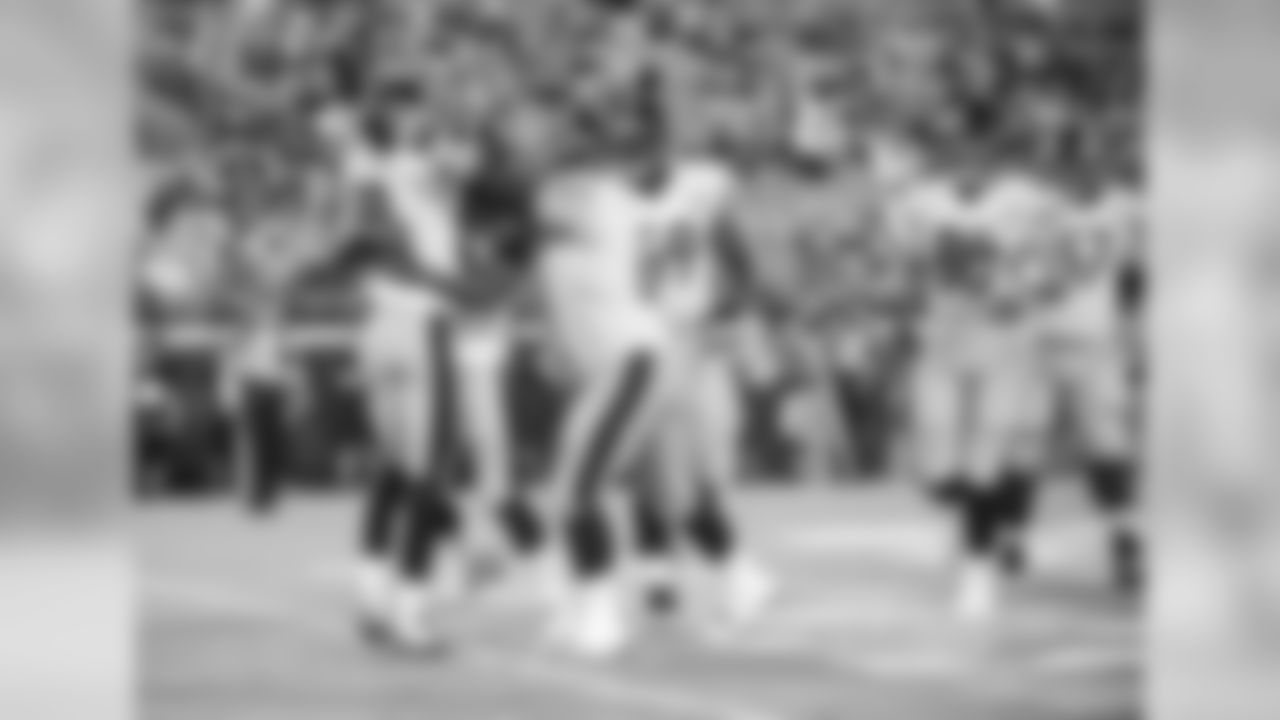





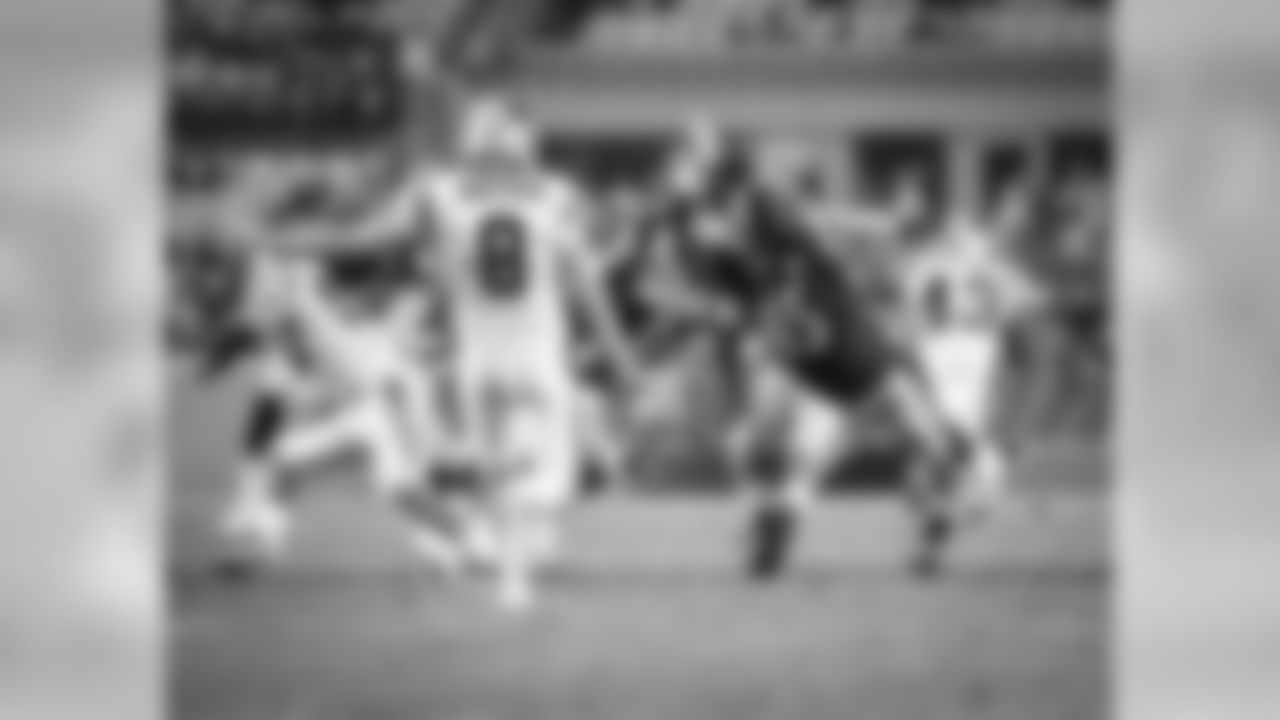
























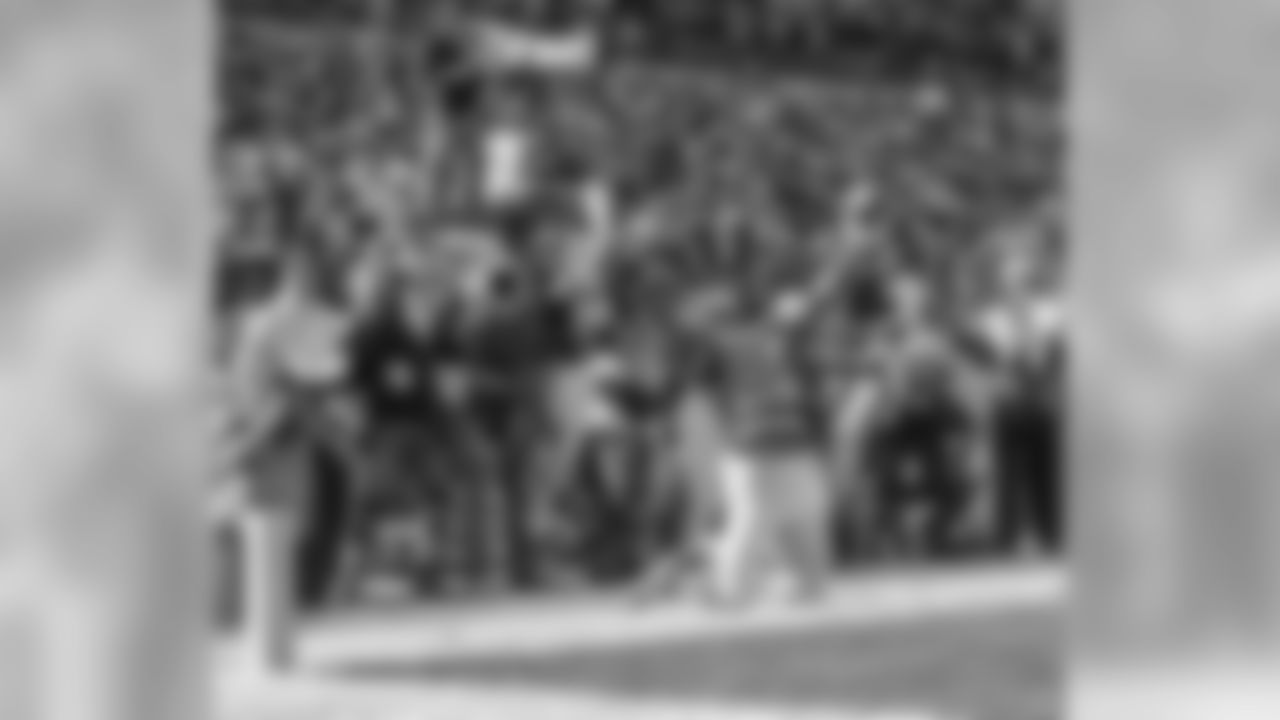









































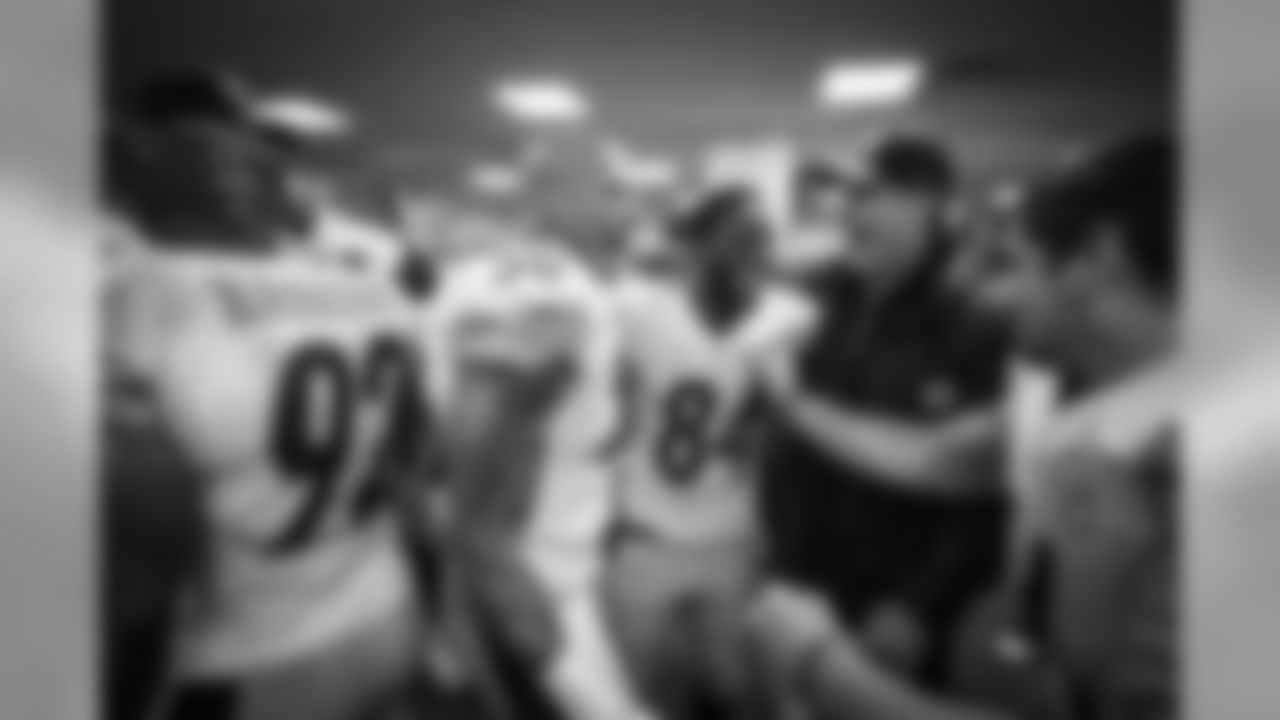








- There were 86 players named to the Pro Bowl, and as of early this week there already were 33 of those (38.4 percent) who bailed and had to be replaced, and the number was growing daily as the game aproached, and it's logical to assume the replacements for this all-star game are lesser alternatives. Don't be surprised if the television ratings reflect a growing disinterest in this game, which has seen a drop from a 7.7 overnight rating in 2013 to a 6.7 in 2014 to a 5.6 in January 2015.
- But don't allow this one example to lead you to believe the viewing public has lost its taste for meaningless NFL football, because the 2015 Hall of Fame Game – the first of FIVE preseason games for both the Minnesota Vikings and the Pittsburgh Steelers that was played on Sunday, Aug. 9, 2015 – drew a 6.9 overnight rating for NBC, and that 6.9 was a higher overnight rating than Game 6 of the Stanley Cup Final, Game 1 of both the NBA Eastern and Western Conference finals, the Indianapolis 500, and Game 1 of both the American League and National League Championship Series.
- On Wednesday, Jan. 27 – just two days ago – in 1955, the Steelers provided another bit of evidence why theirs was a franchise that never won anything. Why the franchise had posted four winning records since entering the NFL for the 1933 season – and one of those four winning seasons was a 5-4-1 mark posted by a combined roster of Steelers and Philadelphia Eagles (a team known as the Steagles) in 1943 when professional sports teams were having trouble filling out rosters because of World War II.
- On that Jan. 27 back in 1955, the Steelers used their ninth-round pick of the NFL Draft on a quarterback named John Unitas. But just as an episode of "Seinfeld" taught the difference between "taking a reservation" and "holding the reservation," the Steelers had yet to master the difference between "drafting a future Hall of Fame quarterback" and "holding on to a future Hall of Fame quarterback."
- Unitas, the quarterback who essentially invented the two-minute drill and then used it to great success in a win over the New York Giants in the 1958 NFL Championship Game, played his high school football in Pittsburgh at St. Justin's, where he beat out somebody from North Catholic named Dan Rooney for first-team All-Catholic League at quarterback in 1949-50, but that mattered not a whit once he became the property of the Steelers.
- According to Dan Rooney, who was a 23-year-old son of the owner learning the football business at the time, Coach Walk Kiesling didn't want to draft Unitas, and when it happened despite his opinion, he never gave the kid a chance. He didn't play Unitas in any preseason games, and he never even let him practice with the other offensive players during training camp. When practice at camp ended each day, John Unitas would get his work in by working on plays and throwing passes to Dan's younger brothers – Tim, Pat, and John.
- "At the end of each day, Johnny (Unitas) stayed on the field and ran the boys through the passing plays that the team had just practiced," wrote Dan Rooney in his book, 'Dan Rooney: My 75 Years with the Pittsburgh Steelers and the NFL.' "My brothers were all good receivers and were amazed at the precision of his passes and the power of his arm. They came to me all the time, talking about how good he was. They had watched the other quarterbacks – Jim Finks, Ted Marchibroda, Vic Eaton – and believed Johnny was the best of the bunch, hands down. They urged me to talk to (Kiesling), and I did."
- That conversation went nowhere. In total frustration, Tim Rooney wrote his father – Art Rooney Sr. – a 22-page letter in support of keeping Unitas on the team and giving him a chance to play quarterback. Rooney Sr. believed in letting his coach do his job without interference from ownership, especially without interference from the sons of the owner, and Kiesling was the coach. So not only did Unitas never get a chance to show the Steelers what he could do, but he was cut because in those days the No. 3 quarterback on an NFL roster had to be able to play another position, and Eaton could play safety.
- So essentially, the Steelers cut a future Hall of Fame quarterback, a guy who deserves to be in the conversation any time the GOATs at the position are discussed, in favor of a guy who could play a little bit of safety on defense.
- Three years later, Dan Rooney watched the 1958 NFL Championship Game, he watched Unitas break Sammy Baugh's then-NFL record of 349 yards passing in a championship game, and he saw Unitas lead two scoring drives – one in the final two minutes of the fourth quarter, and the second in overtime – to bring the championship to the Baltimore Colts. And in the process, he helped change America's national pastime from baseball to football once and for all.
- "I was one of the 45 million people watching the game on television that historic day," wrote Dan Rooney, "and I remember thinking, 'How did we let Johnny Unitas get away?' The Unitas story stays with me as a reminder that sometimes you have to trust your instincts, even if those around you, people you know and trust, don't agree. In this case, my brothers and I were right; (Kiesling) and Dad were wrong."














